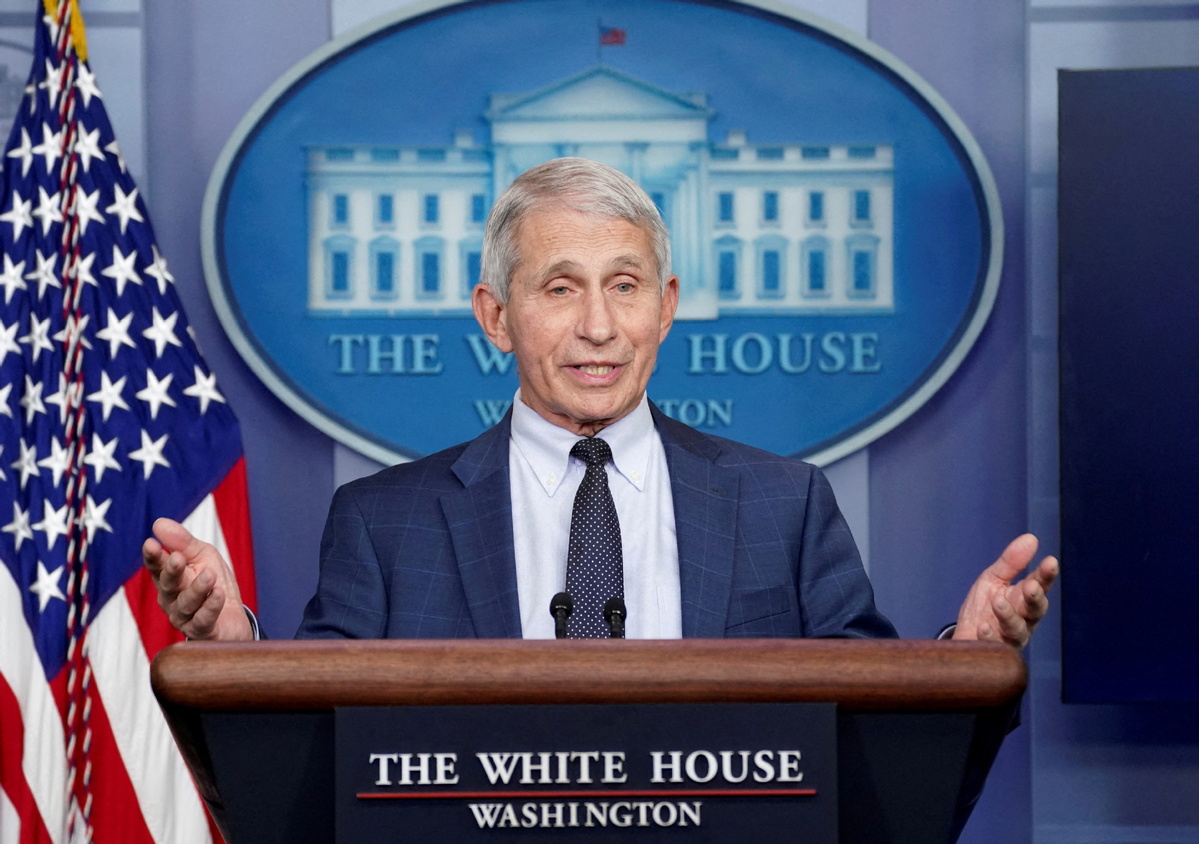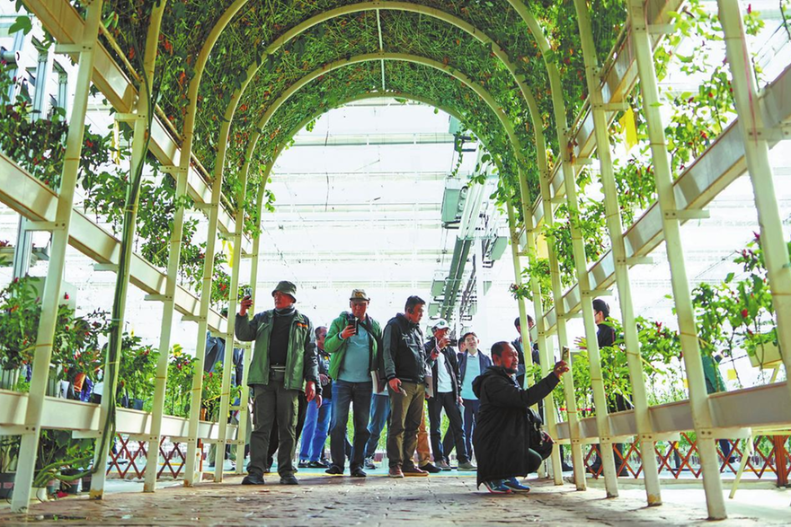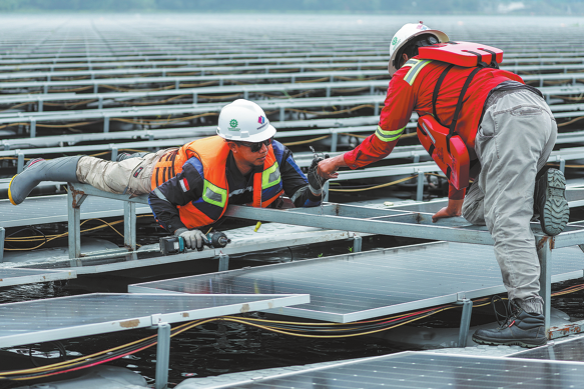Omicron variant strains hospitals across US


The Omicron variant is putting enormous strain on hospitals across the US, exhausting nurses and doctors, filling up beds and halting elective surgeries at many hospitals.
Further compounding the strain is that some parts of the nation are dealing with a dual surge of both the Omicron and Delta variants, which is still responsible for a large number of infections across the country.
Hospitalizations for COVID-19 patients in New York City have passed the peak of last winter's surge.
Maryland Governor Larry Hogan declared a state of emergency last week, saying that the state had more hospitalized COVID patients at that time than at any previous point during the pandemic.
The number of people hospitalized with COVID-19 is about 85,000, just short of the Delta variant peak of about 94,000 in early September, according to the Centers for Disease Control and Prevention (CDC). The all-time high during the pandemic last year was about 125,000 in January.
Doctors say that the challenges hospitals face now are less about stockpiling equipment and more about staffing and contagion, The New York Times reported Wednesday.
"Early on in the pandemic, we were worried about running out of things, like ventilators," Dr Ryan Maves, an infectious disease and critical care physician at the Wake Forest School of Medicine in Winston-Salem, North Carolina, told the Times. "Now, the real limitations are obviously physical bed space, but even more so, it's staffing."
Dr Robert Glasgow of University of Utah Health, which has hundreds of workers out sick or in isolation, told The Associated Press on Wednesday, "This is getting very tiring, and I'm being very polite in saying that."
Adam Blackstone, vice-president of external affairs and strategic communications for the Hospital Association of Southern California, told China Daily that the most significant challenge to hospitals in the nation's most populous state dealing with the rapid increase in hospitalizations is the availability of healthcare professionals to care for COVID-19 and non-COVID-19 patients, instead of physical space.
"These include even more significant staffing shortages, increased demand for additional healthcare services such as flu treatment, and now-urgent procedures that were put on hold earlier in the pandemic," he said.
There also is a nationwide blood shortage, Blackstone said.
"Type O blood, whether positive or negative, is in particularly short supply, and the healthcare community is urging eligible donors to consider giving blood. Vaccinated or unvaccinated, community members can give blood," he said.
In states where Omicron cases are surging, a smaller number of patients are being put in intensive care units or requiring mechanical ventilation, and the vast majority in ICUs are unvaccinated or have severely compromised immune systems, the Times reported. But experts said the number of ICU patients is a lagging indicator, likely to rise in the coming weeks.
The Los Angeles County Department of Health Services, which oversees three main hospitals in the area, said some people who come to hospitals for other medical needs were found to have the virus after being tested.
"Other patients may have mild COVID that would not necessitate admission to the hospital, but because they have no place to safely isolate, get admitted to the hospital until a safe out-of-hospital housing environment can be established," a spokesperson from the agency told China Daily in an email.
Approximately 40 percent of current COVID-19 patients hospitalized in the Los Angeles County hospital system are specifically due to COVID, the spokesperson said.
The trend is different from last year's winter surge when more than 80 percent of COVID-19 positive patients in the hospitals were experiencing severe COVID-19 illness, said the spokesperson, who attributed the difference to a higher number of vaccinated individuals.
Dr Fritz Fran?ois, chief of hospital operations at NYU Langone Health in New York City, told the AP that about 65 percent of patients admitted to that system with COVID-19 recently were primarily hospitalized for something else and were incidentally found to have the virus.
































